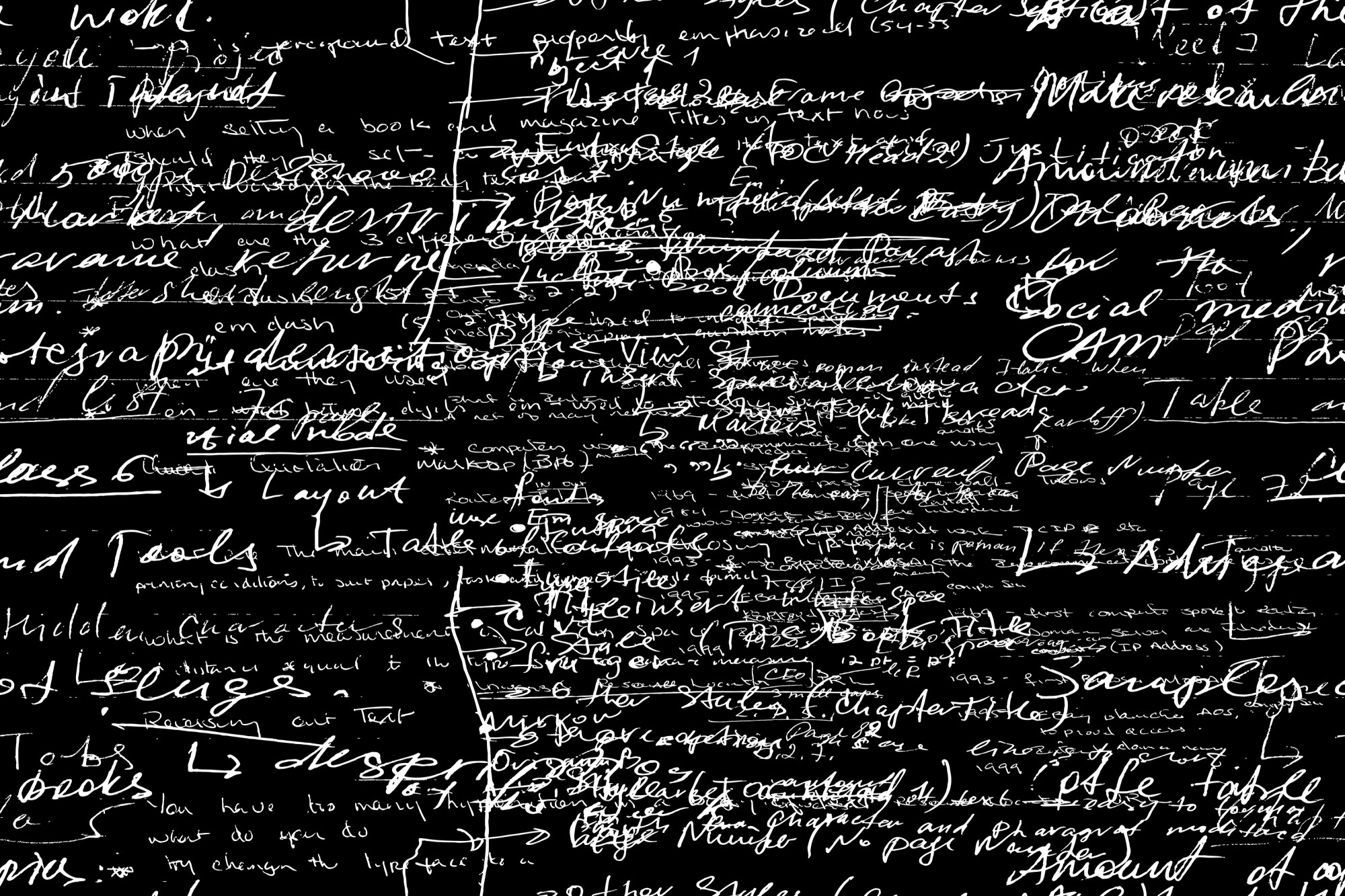What Should We Do About AI Identity Theft?

A recent George Carlin comedy special from Dudesy — an AI comedy podcast created by Will Sasso and Chad Kultgen — has sparked substantial controversy. In the special, a voice model emulating the signature delivery and social commentary of Carlin, one of America’s most prominent 20th-century comedians and social critics, discusses contemporary topics ranging from mass shootings to AI itself. The voice model, which was trained on five decades of the comic’s work, sounds eerily similar to Carlin who died in 2008.
In response to controversy over the AI special, the late comedian’s estate filed a suit in January, accusing Sasso and Kultgen of copyright infringement. As a result, the podcast hosts agreed to take down the hour-long comedy special and refrain from using Carlin’s “image, voice or likeness on any platform without approval from the estate.” This kind of scenario, which is becoming increasingly common, generates more than just legal questions about copyright infringement. It also raises a variety of philosophical questions about the ethics of emerging technology connected to human autonomy and personal identity.
In particular, there are a range of ethical questions concerning what I’ve referred to elsewhere as single-agent models. Single-agent models are a subset of generative artificial intelligence that concentrates on modeling some identifying feature(s) of a single human agent through machine learning.
Most of the public conversation around single-agent models focuses on the impact on individuals’ privacy and property rights. These privacy and property rights violations generally occur as a function of the single-agent modeling outputs not crediting and compensating the individuals whose data was used in the training process, a process that often relies on the non-consensual scraping of data under fair use doctrine in the United States. Modeled individuals find themselves competing in a marketplace saturated with derivative works that fail to acknowledge their contributory role in supplying the training data, all while also being deprived of monetary compensation. Although this is a significant concern that jeopardizes the sustainability of creative careers in a capitalist economy, it is not the only concern.
One particularly worrisome function of single-agent models is their unique capacity to generate outputs practically indistinguishable from those of individuals whose intellectual and creative abilities or likeness are being modeled. When an audience with an average level of familiarity with an individual’s creative output cannot distinguish whether the digital media they engage with is authentic or synthetic, this presents numerous concerns. Perhaps most obviously, single-agent models’ ability to generate indistinguishable outputs raises concerns about what works and depictions of a modeled individual’s behavior become associated with their reputation. Suppose the average individual can’t discern whether an output came from an AI or the modeled individual themself. In that case, unwanted associations between the modeled individual and AI outputs may form.
Although these unwanted associations are most likely to harm when the individual generating the outputs does so in a deliberate effort to tarnish the modeled individual’s reputation (e.g., defamation), one need not have this sort of intent for harm to occur. Instead, one might use the modeled individual’s likeness to deceive others by spreading disinformation, especially if that individual is perceived as epistemically credible. Recently, scammers have begun incorporating single-agent models in the form of voice cloning to call families in a loved one’s voice and defraud them into transferring money. On a broader scale, a bad actor might flood social media with an emulation of the President of the United States, relaying false information about the election. In both cases, the audience is deceived into adopting and acting on false beliefs.
Moreover, some philosophers, such as Regina Rini, have pointed to the disturbing implications of single-agent modeling on our ability to treat digital media and testimony as veridical. If one can never be sure if the digital media they engage with is true, how might this negatively impact our abilities to consider digital media a reliable source for transmitting knowledge? Put otherwise, how can we continue to trust testimony shared online?
Some, like Keith Raymond Harris, have pushed back against the notion that certain forms of single-agent modeling, especially those that fall under the category of deepfakes (e.g., digitally fabricated videos or audio recordings), pose a substantial risk to our epistemic practices. Skeptics argue that single-agent models like deepfakes do not differ radically from previous methods of media manipulation (e.g., photoshop, CGI). Furthermore, they contend that the evidential worth of digital media also stems from its source. In other words, audiences should exercise discretion when evaluating the source of the digital media rather than relying solely on the digital media itself when considering its credibility.
These attempts to allay the concerns about the harms of single-agent modeling overlook several critical differences between previous methods of media manipulation and single-agent modeling. Earlier methods of media manipulation were often costly, time-consuming, and, in many cases, distinguishable from their authentic counterparts. Instead, single-agent modeling is accessible, affordable, and capable of producing outputs that bypass an audience’s ability to distinguish them from authentic media.
In addition, many individuals lack the media literacy to discern between trustworthy and untrustworthy media sources, in the way Harris suggests. Moreover, individuals who primarily receive news from social media platforms generally tend to engage with the stories and perspectives that reach their feeds rather than content outside their digitally curated information stream. These concerns are exacerbated by social media algorithms prioritizing engagement, siloing users into polarized informational communities, and rewarding stimulating content by placing it at the top of users’ feeds, irrespective of its truth value. Social science research demonstrates that the more an individual is exposed to false information, the more willing they will be to believe it due to familiarity (i.e., illusory truth effect). Thus, it appears that single-agent models pose genuinely novel challenges that require new solutions.
Given the increasing accessibility, affordability, and indistinguishability of AI modeling, how might we begin to confront its potential for harm? Some have expressed the possibility of digitally watermarking AI outputs. Proponents argue that this would allow individuals to recognize whether media was generated by AI, perhaps mitigating the concerns I’ve raised relating to credit and compensation. Consequently, these safeguards could reduce reputational harm by diminishing the potential for unwanted associations. This approach would integrate blockchain — the same technology used by cryptocurrency — allowing the public to access a shared digital trail of AI outputs. Unfortunately, as of now, this cross-platform AI metadata technology has yet to see widespread implementation. Even with cross-platform AI metadata, we remain reliant on the goodwill of big tech in implementing it. Moreover, this doesn’t address concerns about the non-consensual sourcing of training data through fair use doctrine.
Given the potential harms of single-agent modeling, it’s pertinent that we critically examine and reformulate our epistemic and legal frameworks to accommodate these novel technologies.




